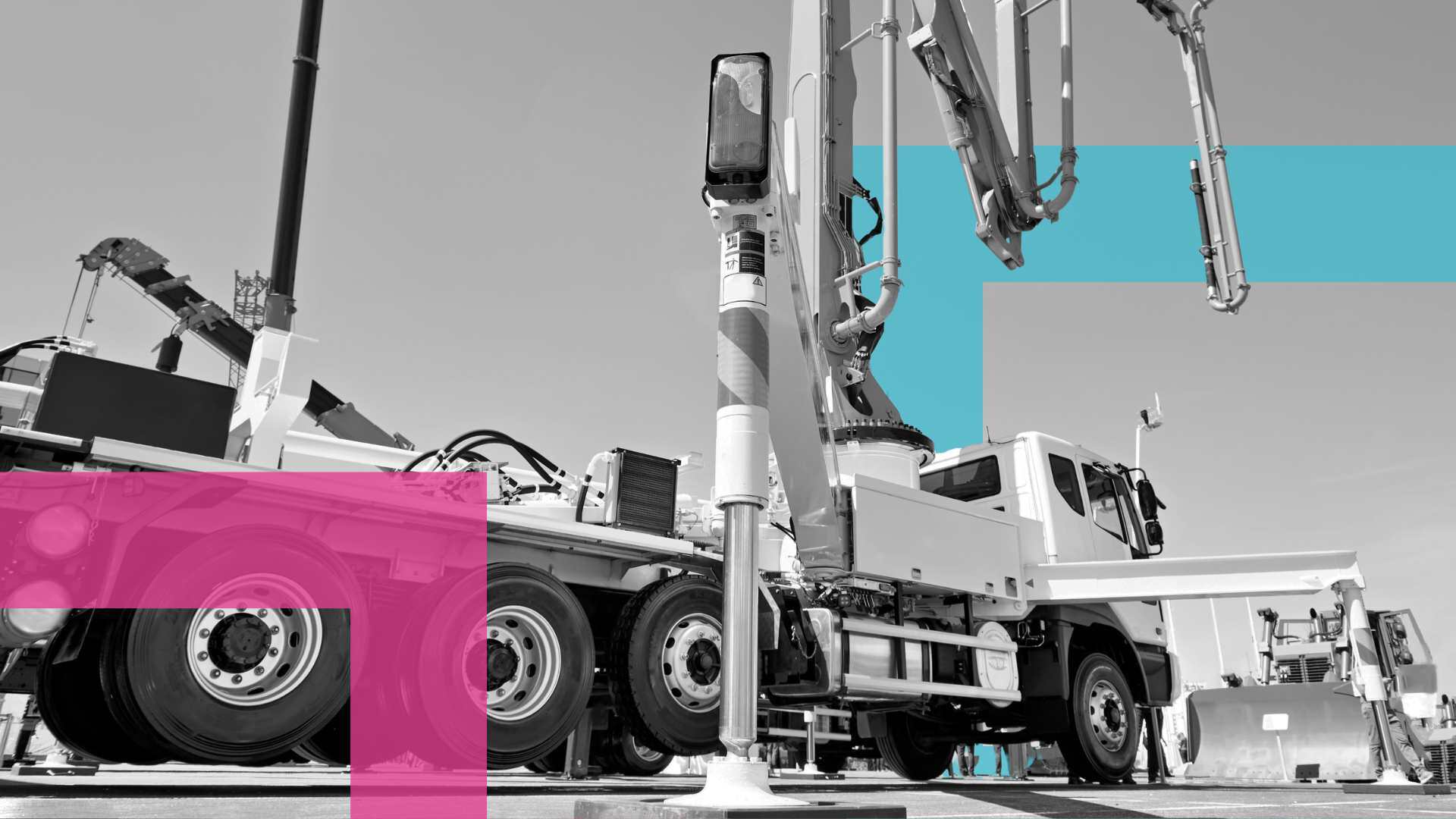Pre Start Plus rebranded to Ideagen Asset Guard
Ideagen Plant Assessor is pleased to announce the rebrand of its flagship pre-start app, Pre Start Plus, to Asset Guard. This rebrand aligns with...
|
|
Machinery Pre Starts
|
|
|
Risk Management &
|
|
|
Document Management
|
|
|
Dashboards & Reporting
|
|
|
Machinery Risk Assessments
|
|
|
Service & Maintenance
|
|
|
Safe Operating Procedures
|
|
|
MySite
|
|
|
View All Features |
Case Studies
Hear from our clients
Events
Find us at industry events
Guides
Find industry-specific guides
Learn
Educational content
News & Articles
Industry news and articles
Safety Legislation
We keep up with safety legislation
so you don't have to
Videos
Find overviews and informative
videos here
Webinars
View upcoming and on-demand webinars
Promotions
See our current promotions
FAQ
All of our frequently asked questions
Help Centre
How to use our software
View a Demo
Let us walk you through Ideagen Plant Assessor features
Release Centre
Product updates and release information
3 min read
![]() Matt Ireland
:
June 2023
Matt Ireland
:
June 2023

Here at Plant Assessor, we’ve had a number of instances where we’ve been questioned about why our machinery risk assessment requires a particular control be implemented when the control in question is not mandated by legislation or some other authority such as Australian or International Standards.
Before we dig into why we recommend control measures for hazards even though they may not be a mandatory requirement, it’s important to have a full understanding of some of the key terms. So, we’ve outlined the definitions of these terms below.
A mandated requirement is a compulsory, legal requirement that must be followed by individuals and the organisation they work for. These requirements are set out in legislation and regulations that are set by governments and regulatory bodies. In relation to machinery, examples of mandated requirements are found in the various state Workplace Health and Safety Acts and Regulations across the country.
Non-mandated requirements include some standards and codes of practice which are recommended to be followed. While it is not mandatory to comply with these standards or codes of practice, following them helps you to comply with the mandated requirements such as legislation and regulations.
Our safety legislation is process oriented as opposed to prescriptive, in that it puts the onus upon the duty holder to ensure appropriate safety measures are put in place by following suitable processes, including conducting machinery risk assessments. Whilst our legislation contains some mandatory and prescriptive safety measures relating to particular machinery related hazards and controls, broadly speaking it is not prescriptive legislation.
The duty holder is therefore expected to maintain a knowledge of legislation, as well as other authorities, such as standards, codes of practice, industry leading practice, as well as understanding how to apply the hierarchy of control to develop suitable risk treatments.
As mentioned earlier, the safety of machines and people is our primary goal here at Plant Assessor. We take the hard work out of maintaining all of the relevant knowledge, and apply deep knowledge of legislation, standards, codes of practice and machinery, and the process of risk assessment.
It is worth going back to basics here and look at the process of conducting a machinery risk assessment to fully understand why we recommend control measures as part of our risk assessments. The four steps in the risk assessment process are:
Identify hazards.
Rate the risks using a likelihood/consequence matrix.
Specify and implement control measures, also known as risk treatments.
Review and monitor the controls.
Plant Assessor’s Machinery Compliance Engine (MCE) will ask you to confirm the presence of certain controls/treatments, because we have done the hard work of identifying the hazards and rating the risks, and determining the required controls already.
In doing this work, we look at multiple different sources and authorities, and we also use the hierarchy of control. The hierarchy of control essentially provides you with a step-by-step guide on how to determine the most appropriate control measure to implement to most effectively reduce the risk of a hazard.
We determine whether each hazard can be eliminated or substituted before even considering control measures that involve engineering, administrative controls or PPE to reduce the risk, which ensures the risk is reduced as much as possible. Head to our article Hierarchy of control explained for more information.
So, when we are asked why a control, as suggested by a Plant Assessor risk management report, should be implemented, we explain the following points:
If the legislation, standards, regulations, codes of practice, or other guidelines don't mandate a particular safety measure, we base our recommendations on safety. The safety measures suggested in a Plant Assessor risk assessment, or risk management report, are based on preventing a machinery related incident that could bring harm to an operator, contractor, worker, or member of the general public in the vicinity of the machine.
While compliance with mandated requirements may technically be optional, let’s not forget the object of the harmonised Work Health and Safety Act 2011;
The main object of this Act is to provide for a balanced and nationally consistent framework to secure the health and safety of workers and workplaces by:
a. protecting workers and other persons against harm to their health, safety and welfare through the elimination or minimisation of risks arising from work.
Therefore, Plant Assessor will always recommend a safety measure or control be implemented should a hazard be identified on your machinery in order to best protect you and your people from harm. Of course, our recommendations are also based on determination of what is reasonably practicable. This means that we apply a commercial assessment on the cost of possible controls versus the criticality of the risk concerned where a control is not mandatory.
How can Plant Assessor help with machinery compliance and mandated requirements?
Plant Assessor makes machinery compliance simple. To comply with all of the mandated requirements of machinery safety, simply log in to Plant Assessor, or make an account, and answer the questions in the machine-specific, digital risk assessment. A risk management report will be sent to you upon completion, and will outline all the controls that need to be implemented to ensure you and your machine are compliant to all relevant legislation, regulations, standards and codes of practice. We simplify the complexities involved in machinery compliance so you can keep your workers safe, avoid prosecution, and have peace of mind.
Want to learn more about how Plant Assessor makes it easy to comply with mandated requirements? Call our team of machinery compliance experts on 1300 728 852 or email them at info@assessor.com.au.
Disclaimer: This information is intended to provide general information on the subject matter. This is not intended as legal or expert advice for your specific situation. You should seek professional advice before acting or relying on the content of this information.

Ideagen Plant Assessor is pleased to announce the rebrand of its flagship pre-start app, Pre Start Plus, to Asset Guard. This rebrand aligns with...
.png)
Many businesses operating machinery still rely on traditional paper pre start books for daily machinery checks. While these booklets serve their...

A concrete company based in Melbourne has been convicted and fined $30,000 after an incident involving a concrete pump resulted in a worker’s hand...